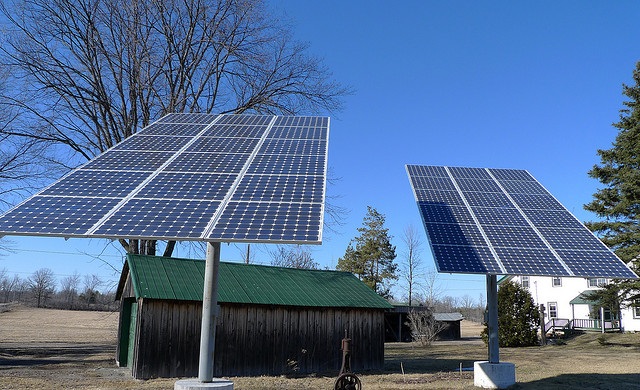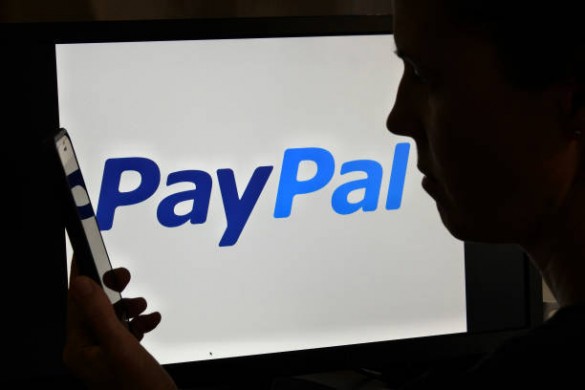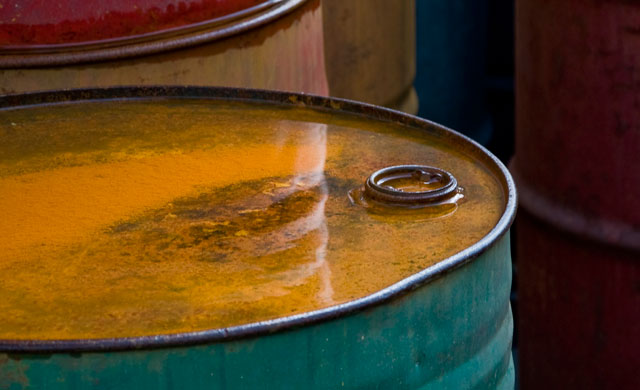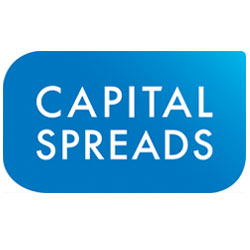Yesterday’s Newsletter outlined Dewhurst’s (LSE:DWHA) businesses. Today I will use Warren Buffett’s method of owner earning analysis, a more sophisticated form of a cash flow analysis. (This will repeat much of the Newsletter posted on 21st November, but with the 2017 annual numbers added).
Firstly, a slightly different share structure
The Dewhurst family raised money years ago without conceding control. As a result there are 3.31m Ordinary shares carrying voting rights and 5.12m Non-voting ‘A’ shares. Thus any overall earnings or valuation figure should be divided by 8.43m shares to derive per-share numbers.
The Ordinary shares and the ‘A’ non-voting ordinary shares rank equally in all respects pari passu except that the ‘A’ non-voting ordinary shares do not carry the right to receive notices, attend or vote at meetings of the company.
The Ordinary shares are trading at 840p and the A shares at 560p to buy. Thus the market capitalisation is:
Ordinary shares: £8.40 x 3.31m = £27.8m, A shares: £5.60 x 5.12m = £28.7m. Total = £56.5m.
Owner earnings analysis
With owner earnings we are trying to obtain the future earnings that would be left for shareholders to take out of the business after the managers’ use of generated cash to pay for items of expenditure (e.g. additional capital items, additional working capital, marketing spend, R&D and staff training) to maintain the strength of the economic franchise and to maintain unit volume and to invest in all value-generating projects available (see Newsletter 26th July 2017 for explanation of owner earnings).
The following analysis merely shows a series of proxies for owner earnings because:
(a) It is based on the past numbers when we are really interested in the future owner earnings flows to shareholders,
(b) It is based on what the directors actually decided to spend on extra working capital and fixed capital items. These expenditures vary hugely from one year to the next, but by taking a number of years in the past we can gain a perspective on likely future expenditures and therefore likely future owner earnings – at least within a ball park range, or a range of scenarios.
| £m YEAR | 2009 | 2010 | 2011 | 2012 | 2013 | ||||
| Profit after tax | 3.27 | 3.50 | 2.90 | 3.75 | 1.30 | ||||
| Add back non-cash items – depreciation, goodwill and amortisation
|
0.58 | 0.70 | 1.31 | 0.88 | 2.50 | ||||
| Totals to: Amount available for distribution to shareholders before considering the need to spend on fixed capital items and working capital items to maintain the company’s economic franchise, unit volume and invest in value generating projects. | 3.85 | 4.20 | 4.21 | 4.63 | 3.80 | ||||
| Deduct fixed capital and working capital investment. (The figures shown are actual expenditures and are therefore a rough proxy for the ‘needed’ expenditures to maintain franchise, etc.)
|
-0.4 | -0.64 | -0.48 | -1.50 | -0.60 | ||||
| Owner earnings | 3.45 | 3.56 | 3.73 | 3.13 | 3.20 | ||||
| £m YEAR | 2014 | 2015 | 2016 | 2017 | |||
| Profit after interest and tax deduction (excluding gains on property) | 3.95 | 4.11 | 3.51 | 4.45 | |||
| Add back non-cash items – depreciation, goodwill and other amortisation | 1.19 | 0.99 | 0.91 | 0.98 | |||
| Totals to: Amount available for distribution to shareholders before considering the need to spend on fixed capital items and working capital items to maintain the company’s economic franchise, unit volume and invest in value generating projects.
|
5.14 | 5.10 | 4.42 | 5.43 | |||
| Deduct fixed capital and working capital investment. (The figures shown are actual expenditures and are therefore a rough proxy for the ‘needed’ expenditures to maintain franchise, etc.)
|
-1.05 | -0.95 | -2.40 | -1.19 | |||
| Owner earnings | 4.09 | 4.15 | 2.02 | 4.24 |
The scenario of a continuation of 2017’s results
Assume annual owner earnings stick at £4.24m for every future year. Then the intrinsic value of the OE flow is the £4.24m perpetuity discounted by the required rate of return on a s……………………………………..To read the rest of this article, and more like it, subscribe to my premium newsletter Deep Value Shares – click here http://newsletters.advfn.com/deepvalueshares/subscribe-1

 Hot Features
Hot Features













